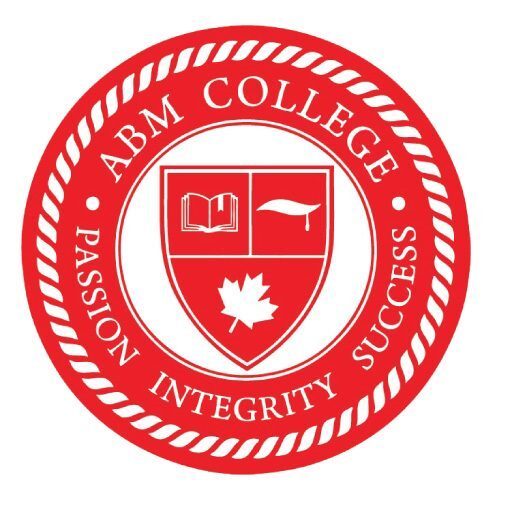Have you decided to be an Educational Assistant? Congratulations! There are several reasons why choosing a career as an educational assistant is an impactful and rewarding career. But sometimes it can feel overwhelming and confusing when trying to figure out which educational program is the right fit for you.
In this blog, we’ll go over which programs and courses you should look for when picking your Educational Assistant program.
What program or courses should I look for when picking an Educational Assistant program?
When you’re looking through the course outlines from various institutions, there is a lot of information to sort and filter through. Now, it’s fair to say that no two programs will offer the exact same courses, but there are some fundamental and essential programs you should be looking for when picking which program and school to go with.
A Practicum
This is without a doubt one of the most important elements of your educational assistant program. A practicum gives you real hands-on experience in a classroom setting. This can help you stand out to prospective employers since many of them value relevant experience as an asset.
When looking at the practicum requirements, there are a couple of elements to look for. The first is the length, you’ll want to go for a practicum that is around four weeks. This will give you an opportunity to exemplify your skills and practice techniques/strategies you would have learned in class.
Observation and Assessment
Observation and assessment is a key and crucial skill for educational assistants, using observation and assessment techniques allows for an in-depth and comprehensive understanding of student progress and behaviour.
The focus of this course can include and range in what is covered, but you should look for observation and assessment techniques, behaviour strategies in response to emotional or learning challenges, and support strategies for both general and special needs education.
Speech and language
Another one of the recommended courses you should look for is one that involves speech and language. This course will equip you with techniques and strategies to help support your future students’ literacy development.
When reading through the course description you will see a range of elements which can include examining language acquisition to instructional strategies on expressive and receptive language to even how to adapt the curriculum to meet the learning needs of students. This is an important course to ensure that your program has, ensuring you can help support your students’ literacy is a key and fundamental need.
Child Development
Child development is a program you should ensure your program has included. This course provides insight into early, middle, and adolescent development by examining the psychology behind it. This course helps provide educators with the best and most appropriate foundations for students to learn.
To have a solid understanding of these developmental stages, you should double-check that the course covers cognitive, physical, emotional, social, and language development.
Technology in the classroom
With the advancement of technology, it’s important to ensure your program covers how to integrate technology into the classroom and the curriculum. This can be done in a multitude of ways, it’s important to cover how technology can aid students but also educators too.
This course can encompass plenty of topics, but at minimum, you want to ensure the course will teach you how to use assistive technology within the curriculum. It’s also a bonus because the course can show you how to use technology to benefit students with learning challenges.
Do you need a degree to become an Educational Assistant?
When it comes to the education requirements, it’s strongly recommended to have a minimum of one year of post-secondary education. Most employers generally prefer their educational assistants to have a high school diploma and some sort of related post-secondary education. One surefire way to help you stand out to potential employers is by having related experience in real-world settings. One way to do this is by selecting a post-secondary program that has a practicum built into the curriculum.
How long does it take to be an Educational Assistant?
Now depending on which institution you choose to go to, the course length will vary. But generally speaking, most courses begin at six months (or a term and a half) while other programs can be up to two years.
Another factor that could change the length of your course is your student status. Most institutions assume that students will be full-time (which means they are taking a full course load each semester). So if you’re planning on being a part-time student you will most likely have a longer duration of your program.
Final Thoughts
If being an education assistant sounds like the right career path for you, all that’s left to do is find a reputable college to get your education at! Here at ABM College, our Educational Assistant Diploma program can help equip you with the skills to support your future students.
About The Author

Private Career College
ABM College is a leader in career-focused education, committed to empowering students with industry-relevant skills. With expert instructors and practical training, ABM College delivers high-quality programs in health, business, technology, and more, ensuring graduates are prepared to meet workforce demands. Known for its supportive learning environment and a focus on real-world application, ABM College is a trusted educational partner helping students achieve professional success across Canada.
